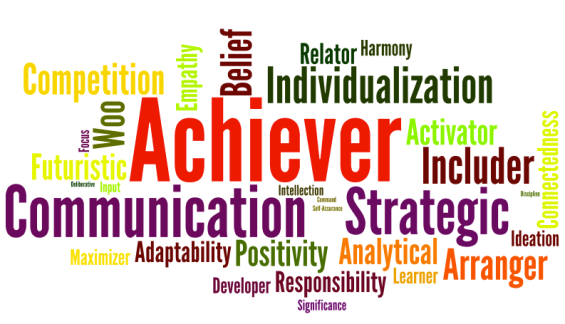The 10 Most Frequently Asked Questions about How We Are Using Strengths
Last week we hosted our third explore strengths preview day. We do this four times a year. We invite people to learn about strengths, our company, and the unique way we are helping our clients build strengths based organizational culture.
We hold four of these events every year, because we believe in giving part of what we do away. Regardless of whether or not you may work with us in the future, the worst case scenario is that you learn something new about your own strengths.
We invited several people from a range of personal and professional backgrounds. There were people high up in management, entrepreneurs, other consultants, scientists and a few young professionals. The diversity in the room sparked some great discussion about our strengths work, about us and how we’re integrated the two.
Below are the top ten most frequently asked questions from the event. These questions come up often, so we hope they are helpful to you.
1. Where did the Talents in the Theme Print come From?
When we’re working with a client, each person gets their own theme print activity packet. This consists of their five themes, and the 14 talents that make up that theme. Those talents come from the various Gallup material we’ve curated, as well as some of our own observations over the years. Talents are the building blocks of strengths.
2. What is the Theme Frequency?
We have gotten this question in several forms, but people like to know if certain themes are seen in different contexts, genders, cultures etc. While certain themes like Achiever are more common than Command, there is no evidence to suggest any sort of weighting based on demographic information.
More likely, you will find certain organizations or cultures value various strengths over others, and therefore attract those strengths.
3. What are the Advantages/Disadvantages to Getting your 34 Theme Results?
Several people wanted to know how to see all 34 themes in rank order. You can certainly pay $89 to see them, but we don’t recommend it. From our experience, people naturally go to the bottom, and focus on the areas they aren’t strong in.
This is the opposite of what we’re trying to do. Rather, focus on your top five areas of greatest potential for strength and you’ll see far more growth. Seeing your 34 strengths is a better idea after you have mastered and implemented your top five.
4. What do we Teach in our Introductory Education day (Strengths 201)
In a nutshell, our day of teaching involves:
- An interactive teaching of the primary principles of a strengths based approach
- A brief explanation of each of the 34 themes of strength
- Applied results and application toward self awareness, team development and leadership
- A customized event to whatever time frame you may have, from three hours to two days
5. Why are the 1:1 Conversations so Important?
We believe that strengths are descriptive not prescriptive. The only way to truly understand how a person is using their strengths is through a one on one conversation. It’s during this time that we listen for the behaviors that make up the talents of a theme. We then get a snapshot of how those are being used as strengths and are able to teach back to the team what we’re hearing. This often creates a seismic shift in how they view themselves.
6. How Long are our Engagements?
It all depends on the goals of the client. We’ve worked with some for a few hours, and others for several years. Our core offerings involve three full days. 1 day of education, 1 day of 1:1 interviews, and one day for the Learning Community 360. This is normally spaced out over a few weeks. If we’re traveling, we’ll often do the first two parts during the first trip, then come back a few weeks later to do the 360.
7. How Long have we been Involved with using Strengths?
All of our seniors consultants have been working with strengths in some capacity for at least 10 years. Brian and Joseph began working with strengths shortly after it was introduced in 1999. Myself and Linda were first exposed to strengths in 2002. Aleasha has most recently joined our team and brings expertise from the educational sector.
8. What size and type of Groups do you Work With?
We’ve worked with groups as small as four and as large as 150. We can tailor what we do depending on the size. The sweet spot for us seems to be right around 14 – 15. When groups get larger than 20, we begin to have a conversation about the possibility of breaking the work up into two separate teams. When groups are much smaller, we want to ask who else could benefit from being involved.
We have also worked with executive teams, management teams and cross-functional teams. Sometimes we’ll come in at the top, then work with each silo under those leaders. Other times, we come in from the side, and work with an independent team. What often leads to the greatest level of organizational culture change is when there is buy in from the top. We’ve also worked with smaller groups that have then been noticed by others because they are operating out of their strengths.
9. What do you do with the Wordle?
At each engagement, we give clients a simple wordle. It’s a free tool anyone can use. We enter all of the strengths and it gives everyone a visual representation of what strengths are dominant. It is one simple thing we can do to visualize the makeup of that team. We still need to dig in and understand what that looks like.

We use this (and some other customized materials), to give them a general understanding of the team, that move into generative applications.
10. Do Strengths Change Over Time?
Yes and No. Now that we have been working with strengths for over a decade, we have personal and corporate experience with people taking the test multiple times in different settings. What is most likely is that your core strengths will remain the same, but the order may change a bit. You may also lose a strength or two over time and they can be replaced with your next layer of strengths. If you go through some major life change more change to your strengths can happen.
Other Questions
What other questions do you have about integrating strengths into organizational culture? Drop us a line and we’d be happy to answer them for you.




